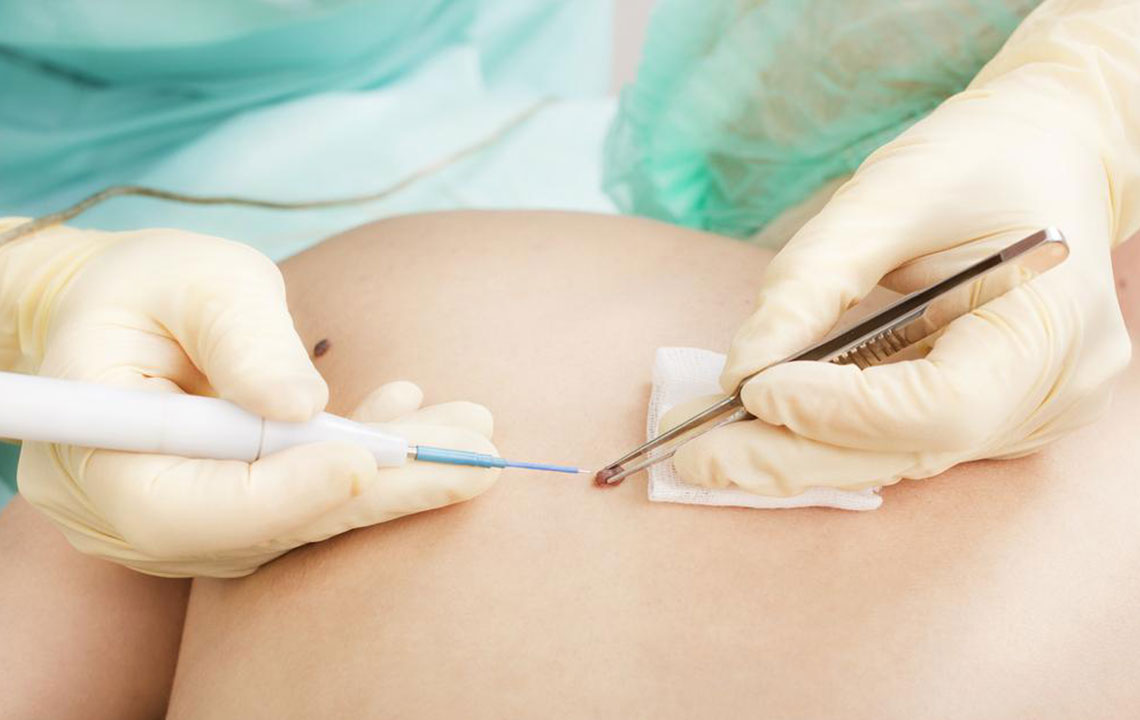Comprehensive Guide to Melanoma: Recognizing Symptoms, Understanding Risks, and Exploring Treatments
This comprehensive guide offers detailed insights into melanoma, covering its symptoms, risk factors, and treatment options. It emphasizes early detection, the importance of sun protection, and advances in melanoma treatment to help individuals understand and manage this aggressive skin cancer effectively. Staying informed and vigilant can significantly improve prognosis and save lives.

Comprehensive Guide to Melanoma: Recognizing Symptoms, Understanding Risks, and Exploring Treatments
Melanoma represents one of the most aggressive forms of skin cancer that originates from melanocytes, the specialized cells responsible for producing skin pigment. While it can develop in other parts of the body such as the eyes or internal organs, the majority of melanoma cases are skin-related, making it the most prevalent and perilous type of skin cancer worldwide. Its severity stems from its ability to spread rapidly if not detected early, which underscores the importance of awareness, early diagnosis, and appropriate treatment.
In recent decades, there has been a noticeable increase in melanoma incidence, primarily attributed to heightened exposure to ultraviolet (UV) radiation from the sun and tanning devices. Continuous UV exposure damages the DNA inside melanocytes, causing mutations that can lead to abnormal cell growth. These uncontrolled growths often manifest as new moles, existing moles changing in appearance, or irregular blemishes on the skin surface. Understanding the underlying causes, recognizing early warning signs, and exploring available treatment options are essential steps in managing and combatting this dangerous disease.
Factors Increasing Melanoma Risk
Extended Sun Exposure: Prolonged and intense UV radiation from sunbathing, outdoor activities, or tanning beds significantly raises the likelihood of developing melanoma. It's especially critical during peak sunlight hours when UV rays are most intense.
Skin Type and Melanin Levels: Individuals with fair skin, light-colored eyes, and blond or red hair possess lower melanin levels, making their skin less protected against UV damage. Such skin types are inherently more susceptible to sunburns and subsequent DNA damage.
Presence of Existing Moles: Having numerous or atypical moles (dysplastic nevi) increases the risk. Changes in the appearance of these moles or the emergence of new ones should be monitored vigilantly.
Genetic Predisposition: Family history plays a vital role; individuals with close relatives diagnosed with melanoma or other skin cancers are at heightened risk due to inherited genetic mutations.
Immune System Status: Conditions or treatments that weaken the immune system, such as immunosuppressive therapy post-transplant or chemotherapy, can impair the body's ability to detect and destroy early cancerous cells.
Recognizing Early Symptoms of Melanoma
Early detection of melanoma is critical for successful treatment. The ABCDE rule serves as a helpful guideline to identify suspicious skin lesions:
Asymmetry: One half of the mole or spot does not match the other.
Border: Irregular, scalloped, or poorly defined edges.
Color: Multiple hues such as black, brown, tan, red, or blue within a single lesion.
Diameter: Usually larger than 6mm, though can be smaller in early stages.
Evolving: Any change in size, shape, color, or symptom such as bleeding or itchiness.
Common warning signs include new moles or spots, moles that change in appearance over time, non-healing sores, patches of inflamed or discolored skin, and dark or irregular pigmented areas. If any of these symptoms are noticed, prompt consultation with a dermatologist is imperative for evaluation and diagnosis.
Stage-wise Treatment Approaches for Melanoma
The management of melanoma depends largely on its stage at diagnosis:
Early Stage (Stage 0 and Stage I): Surgical excision with clear margins is usually curative. The primary goal at this stage is complete removal of the tumor and surrounding tissue to prevent recurrence.
Stage II and III: In addition to surgery, patients may require sentinel lymph node biopsy to determine the spread to nearby lymph nodes. If lymph nodes are involved, further surgical removal and adjuvant therapies are recommended.
Advanced Melanoma (Stage IV): At this stage, the cancer has spread to distant organs. Treatment options include targeted therapies such as BRAF and MEK inhibitors, immunotherapy with agents like checkpoint inhibitors (e.g., pembrolizumab, nivolumab), chemotherapy, or radiation therapy. Clinical trials may also be an option for patients seeking cutting-edge treatments.
Due to the aggressive nature of melanoma, ongoing monitoring after treatment is vital in detecting recurrences early. Regular skin examinations, imaging tests, and laboratory assessments are part of comprehensive follow-up care. New advancements in treatments continue to improve survival rates and quality of life for melanoma patients.
In conclusion, melanoma remains a serious health concern, but early detection paired with a clear understanding of risk factors and treatment options can significantly improve outcomes. Protecting your skin with appropriate sun safety measures and regular dermatological checkups are essential steps in preventing and managing this potentially deadly cancer.





